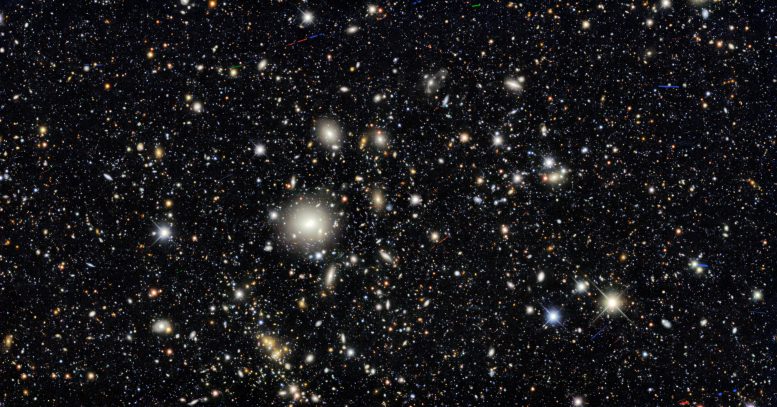
Ten areas in the sky were selected as “deep fields” that the Dark Energy Camera imaged several times during the survey, providing a glimpse of distant galaxies and helping determine their 3D distribution in the cosmos. The image is teeming with galaxies — in fact, nearly every single object in this image is a galaxy. Some exceptions include a couple of dozen asteroids as well as a few handfuls of foreground stars in our own Milky Way. Credit: Dark Energy Survey/DOE/FNAL/DECam/CTIO/NOIRLab/NSF/AURA, Acknowledgments: T.A. Rector (University of Alaska Anchorage/NSF’s NOIRLab), M. Zamani (NSF’s NOIRLab) & D. de Martin (NSF’s NOIRLab)
Dark Energy Survey Releases Most Precise Look at the Universe’s Evolution
First three years of survey data uses observations of 226 million galaxies over ⅛ of the sky.
In 29 new scientific papers, the Dark Energy Survey (DES) examines the largest-ever maps of galaxy distribution and shapes, extending more than 7 billion light-years across the Universe. The extraordinarily precise analysis, which includes data from the survey’s first three years, contributes to the most powerful test of the current best model of the Universe, the standard cosmological model. However, hints remain from earlier DES data and other experiments that matter in the Universe today is a few percent less clumpy than predicted.
New results from the Dark Energy Survey use the largest-ever sample of galaxies observed over nearly one-eighth of the sky to produce the most precise measurements to date of the Universe’s composition and growth.
The Dark Energy Survey tackles big questions about our Universe: What is it made of? How is matter distributed? How has the Universe evolved? And what roles do dark matter and dark energy play? To address these puzzles, the experiment uses a powerful 570-megapixel camera to photograph galaxies close to home and billions of light-years away. The analysis of the first three years of data resulted in the largest maps ever made showing the distribution and shapes of galaxies in our Universe – and provided a fantastic test for scientist’s best predictions. Credit: Fermilab
DES images the night sky using the 570-megapixel Dark Energy Camera on the National Science Foundation’s Víctor M. Blanco 4-meter Telescope at Cerro Tololo Inter-American Observatory (CTIO) in Chile, a Program of NSF’s NOIRLab. One of the most powerful digital cameras in the world, the Dark Energy Camera was designed specifically for DES. It was funded by the Department of Energy (DOE) and was built and tested at DOE’s Fermilab.
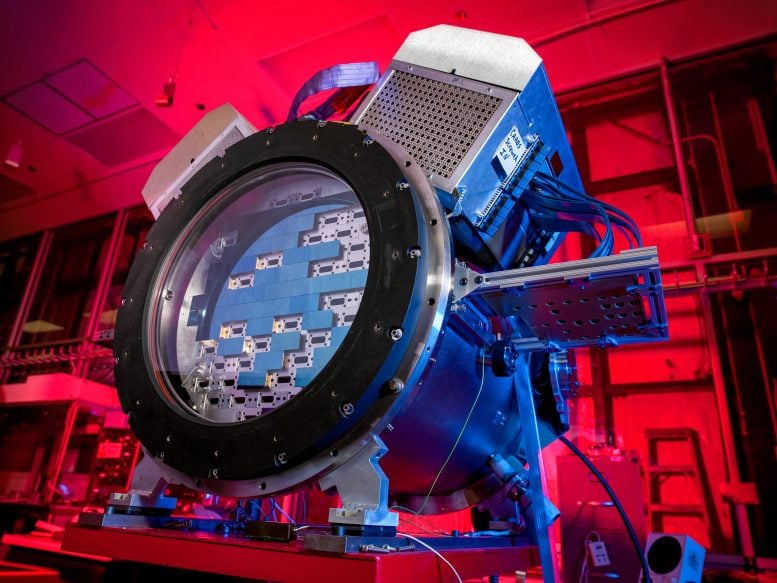
The Dark Energy Survey camera (DECam) at the SiDet clean room. The Dark Energy Camera was designed specifically for the Dark Energy Survey. It was funded by the Department of Energy (DOE) and was built and tested at DOE’s Fermilab. Credit: DOE/FNAL/DECam/R. Hahn/CTIO/NOIRLab/NSF/AURA
Over the course of six years, from 2013 to 2019, DES used 30% of the time on the Blanco Telescope and surveyed 5000 square degrees — almost one-eighth of the entire sky — in 758 nights of observation, cataloging hundreds of millions of objects. The results announced today draw on data from the first three years — 226 million galaxies observed over 345 nights — to create the largest and most precise maps yet of the distribution of galaxies in the Universe at relatively recent epochs. The DES data were processed at the National Center for Supercomputing Applications at the University of Illinois at Urbana-Champaign.
“NOIRLab is a proud host for and member of the DES collaboration,” said Steve Heathcote, CTIO Associate Director. “Both during and after the survey, the Dark Energy Camera has been a popular choice for community and Chilean astronomers.”
At present, the Dark Energy Camera is used for programs covering a huge range of science including cosmology. The Dark Energy Camera science archive, including DES Data Release 2 on which these results are based, is curated by the Community Science and Data Center (CSDC), a Program of NSF’s NOIRLab. CSDC provides software systems, user services, and development initiatives to connect and support the scientific missions of NOIRLab’s telescopes, including the Blanco telescope at CTIO.
Since DES studied nearby galaxies as well as those billions of light-years away, its maps provide both a snapshot of the current large-scale structure of the Universe and a view of how that structure has evolved over the past 7 billion years.
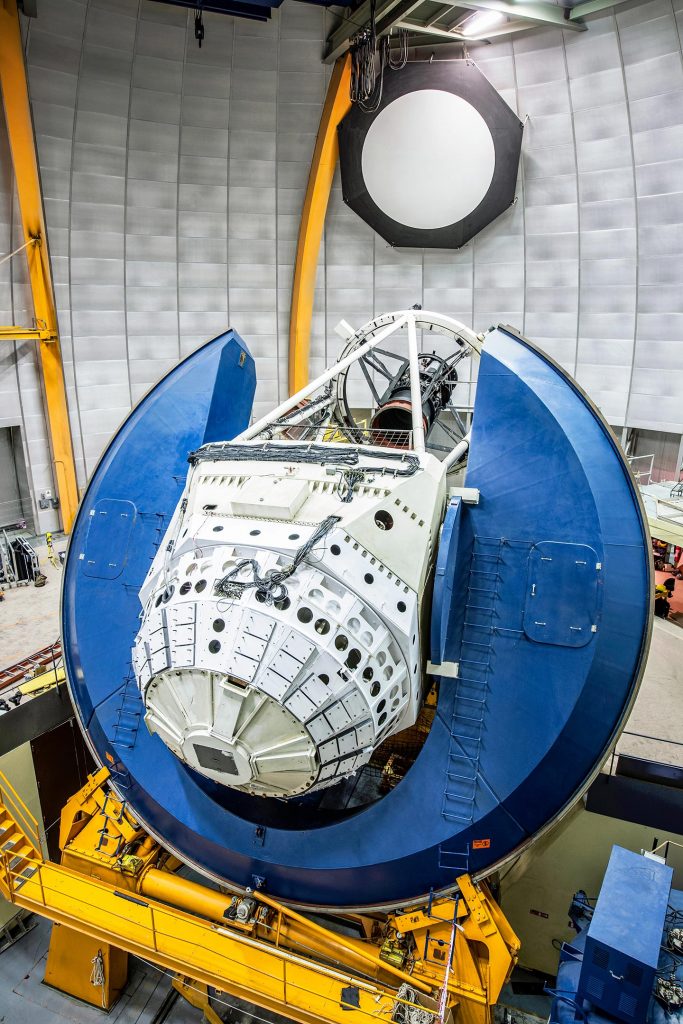
This image shows an immersive view from inside the dome of the Víctor M. Blanco 4-meter Telescope at the Cerro Tololo Inter-American Observatory (CTIO), a Program of NSF’s NOIRLab. The Dark Energy Survey photographed the night sky using the 570-megapixel Dark Energy Camera on the Blanco. Credit: DOE/FNAL/DECam/R. Hahn/CTIO/NOIRLab/NSF/AURA
Ordinary matter makes up only about 5% of the Universe. Dark energy, which cosmologists hypothesize drives the accelerating expansion of the Universe by counteracting the force of gravity, accounts for about 70%. The last 25% is dark matter, whose gravitational influence binds galaxies together. Both dark matter and dark energy remain invisible. DES seeks to illuminate their nature by studying how the competition between them shapes the large-scale structure of the Universe over cosmic time.
To quantify the distribution of dark matter and the effect of dark energy, DES relied mainly on two phenomena. First, on large scales galaxies are not distributed randomly throughout space but rather form a weblike structure that is due to the gravity of dark matter. DES measured how this cosmic web has evolved over the history of the Universe. The galaxy clustering that forms the cosmic web in turn revealed regions with a higher density of dark matter.
Second, DES detected the signature of dark matter through weak gravitational lensing. As light from a distant galaxy travels through space, the gravity of both ordinary and dark matter in the foreground can bend its path, as if through a lens, resulting in a distorted image of the galaxy as seen from Earth. By studying how the apparent shapes of distant galaxies are aligned with each other and with the positions of nearby galaxies along the line of sight, DES scientists were able to infer the clumpiness of the dark matter in the Universe.
To test cosmologists’ current model of the Universe, DES scientists compared their results with measurements from the European Space Agency’s orbiting Planck observatory. Planck used light known as the cosmic microwave background to peer back to the early Universe, just 400,000 years after the Big Bang. The Planck data give a precise view of the Universe 13 billion years ago, and the standard cosmological model predicts how the dark matter should evolve to the present.
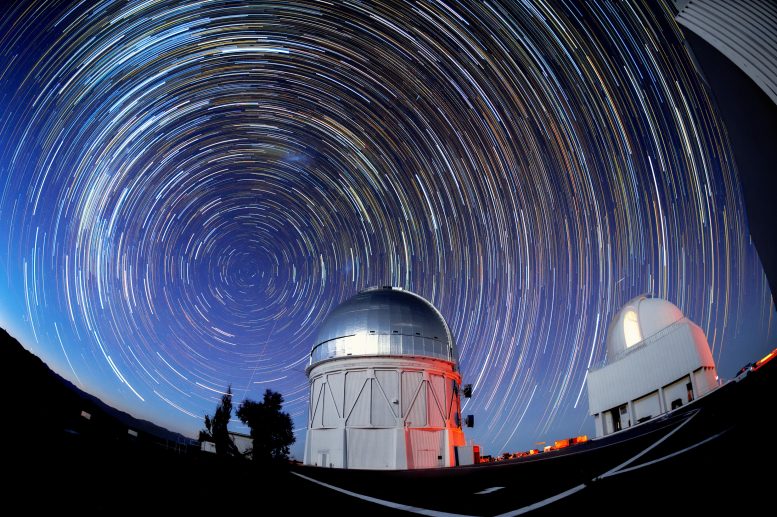
The Víctor M. Blanco 4-meter Telescope is seen here at night at Cerro Tololo Inter-American Observatory, with trails of stars high above it. On this telescope is the 570-megapixel Dark Energy Camera — one of the most powerful digital cameras in the world. The Dark Energy Camera was designed specifically for the Dark Energy Survey. It was funded by the Department of Energy (DOE) and was built and tested at DOE’s Fermilab. Credit: DOE/FNAL/DECam/R. Hahn/CTIO/NOIRLab/NSF/AURA
Combined with earlier results DES provides the most powerful test of the current best model of the Universe to date, and the results are consistent with the predictions of the standard model of cosmology. However, hints remain from DES and several previous galaxy surveys that the Universe today is a few percent less clumpy than predicted.[1]
Ten regions of the sky were chosen as “deep fields” that the Dark Energy Camera imaged repeatedly throughout the survey. Stacking those images together allowed the scientists to glimpse more distant galaxies. The team then used the redshift information from the deep fields to calibrate the rest of the survey region. This and other advancements in measurements and modeling, coupled with a threefold increase in data compared to the first year, enabled the team to pin down the density and clumpiness of the Universe with unprecedented precision.
DES concluded its observations of the night sky in 2019. With the experience gained from analyzing the first half of the data, the team is now prepared to handle the complete dataset. The final DES analysis is expected to paint an even more precise picture of the dark matter and dark energy in the Universe.
The DES collaboration consists of over 400 scientists from 25 institutions in seven countries.
“The collaboration is remarkably young. It’s tilted strongly in the direction of postdocs and graduate students who are doing a huge amount of this work,” said DES Director and spokesperson Rich Kron, who is a Fermilab and University of Chicago scientist. “That’s really gratifying. A new generation of cosmologists are being trained using the Dark Energy Survey.”
The methods developed by the team have paved the way for future sky surveys such as the Rubin Observatory Legacy Survey of Space and Time. “DES shows that the era of big survey data has well and truly begun,” notes Chris Davis, NSF’s Program Director for NOIRLab. “DES on NSF’s Blanco telescope has set the scene for the remarkable discoveries to come with Rubin Observatory over the coming decade.”
Notes
- For more information, see the scientific paper Planck 2018 Results. VI. Cosmological Parameters.
More information
The recent DES results will be presented in a scientific seminar on 27 May 2021. Twenty-nine papers are available on the arXiv online repository and from the Dark Energy Survey website. The main paper is Dark Energy Survey Year 3 Results: Cosmological Constraints from Galaxy Clustering and Weak Lensing.
NSF’s NOIRLab (National Optical-Infrared Astronomy Research Laboratory), the US center for ground-based optical-infrared astronomy, operates the international Gemini Observatory (a facility of NSF, NRC–Canada, ANID–Chile, MCTIC–Brazil, MINCyT–Argentina, and KASI–Republic of Korea), Kitt Peak National Observatory (KPNO), Cerro Tololo Inter-American Observatory (CTIO), the Community Science and Data Center (CSDC), and Vera C. Rubin Observatory (in cooperation with DOE’s SLAC National Accelerator Laboratory). It is managed by the Association of Universities for Research in Astronomy (AURA) under a cooperative agreement with NSF and is headquartered in Tucson, Arizona. The astronomical community is honored to have the opportunity to conduct astronomical research on Iolkam Du’ag (Kitt Peak) in Arizona, on Maunakea in Hawai?i, and on Cerro Tololo and Cerro Pachón in Chile. We recognize and acknowledge the very significant cultural role and reverence that these sites have to the Tohono O’odham Nation, to the Native Hawaiian community, and to the local communities in Chile, respectively.
The Dark Energy Survey is a collaboration of more than 400 scientists from 25 institutions in seven countries.
Funding for the DES Projects has been provided by the US Department of Energy, the US National Science Foundation, the Ministry of Science and Education of Spain, the Science and Technology Facilities Council of the United Kingdom, the Higher Education Funding Council for England, the National Center for Supercomputing Applications at the University of Illinois at Urbana-Champaign, the Kavli Institute of Cosmological Physics at the University of Chicago, Funding Authority for Funding and Projects in Brazil, Carlos Chagas Filho Foundation for Research Support of the State of Rio de Janeiro, Brazilian National Council for Scientific and Technological Development and the Ministry of Science and Technology, the German Research Foundation and the collaborating institutions in the Dark Energy Survey.
NCSA at the University of Illinois at Urbana-Champaign provides supercomputing and advanced digital resources for the nation’s science enterprise. At NCSA, University of Illinois faculty, staff, students and collaborators from around the globe use advanced digital resources to address research grand challenges for the benefit of science and society. NCSA has been advancing one third of the Fortune 50® for more than 30 years by bringing industry, researchers and students together to solve grand challenges at rapid speed and scale.
Fermilab is America’s premier national laboratory for particle physics and accelerator research. A US Department of Energy Office of Science laboratory, Fermilab is located near Chicago, Illinois, and operated under contract by the Fermi Research Alliance LLC.
The DOE Office of Science is the single largest supporter of basic research in the physical sciences in the United States and is working to address some of the most pressing challenges of our time.




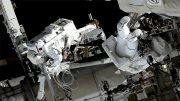
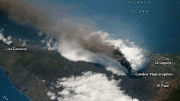
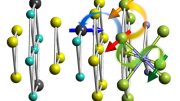
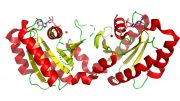
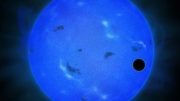
These survey results provide an excellent view of the structure of the universe, but saying it’s all because of Dark Energy and Dark Matter ignores other perspectives. For example, another way to explain Dark Energy is suggested by String Theory. All matter and energy, including photons (light), have vibrating strings as their basis.
String and anti-string pairs are speculated to be created in the quantum foam, a roiling energy field suggested by quantum mechanics, and they immediately annihilate each other. If light passes near these string/anti-string annihilations, perhaps some of that annihilation energy is absorbed by the string in the light. Then the Fraunhofer lines in that light will move a bit towards the blue and away from the red shift. As this continues in an expanding universe we get the same curve displayed by Perlmutter and colleagues at their Nobel Prize lecture, without the need for Dark Energy.
This speculation has the universe behaving in a much more direct way. Specifics can be found in my YouTube https://www.youtube.com/watch?v=0b6t0jO7IgQ
And yes, Dark Matter can cause galactic structures to be formed, but we’ve never seen it and other ways are possible. Another possibility, from a view of String Theory, is that Dark Matter appears to us as an effect of string/anti-string annihilations. As you may know, quantum mechanics requires that strings must be formed as pairs in the quantum foam – a string and an anti-string – that immediately annihilate each other. Quantum mechanics also requires both the string and anti-string to be surrounded by “jitters” that reduce their monstrous vibrating energies. What if this jitter remains for a fraction of an instant after their string/anti-string annihilations? This temporary jitter would be seen by us as matter for that instant before it too returns to the foam. That’s why we never see it – the “mass” lasts only for that instant but is repeated over and over and over, all over. Specifics on this can be found in my YouTube at https://www.youtube.com/watch?v=N84yISQvGCk